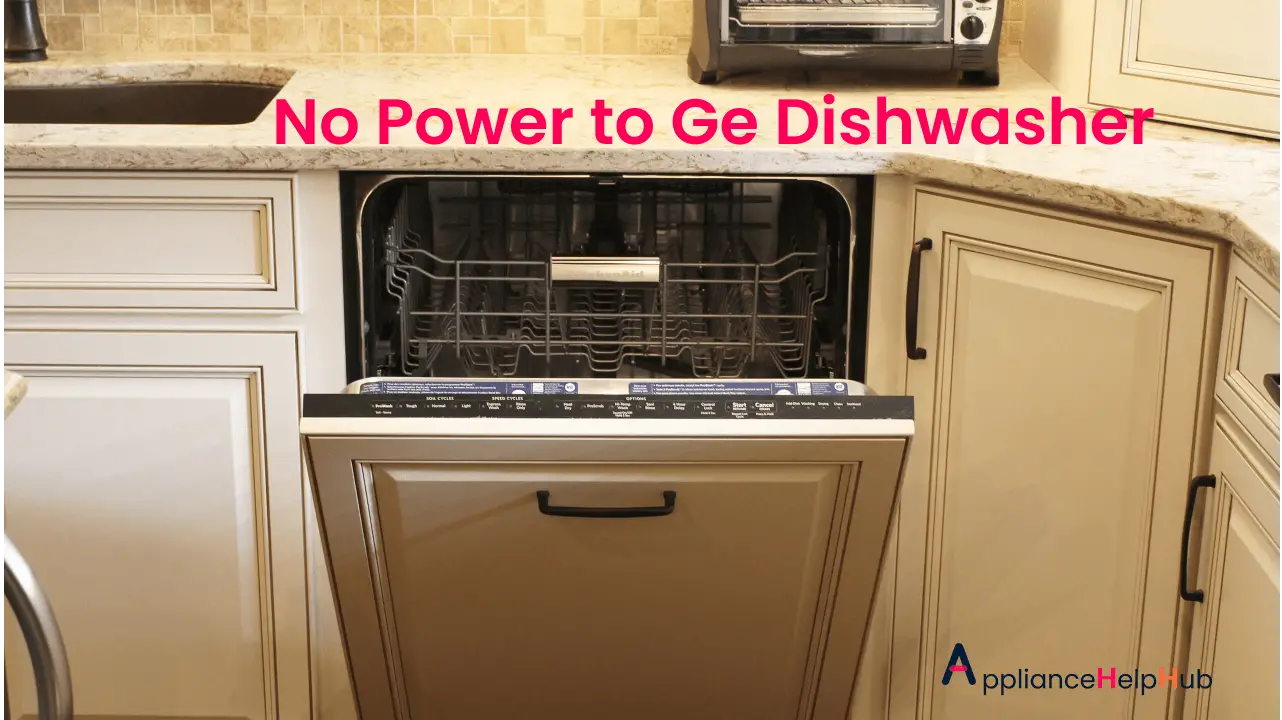In our rapidly evolving society, we can’t emphasize enough the value that convenience brings, and having a working refrigerator is essential for smooth everyday functioning. A common issue for KitchenAid refrigerator owners is the activation of the water filter indicator, which suggests the need for a filter change. Yet, on occasions, the indicator light might persist even after replacing the filter. There’s no cause for concern; this tutorial has got you covered. We’ll guide you step-by-step on how to reset the water filter indicator on your KitchenAid refrigerator, making sure your appliance stays in top-notch condition.
Understanding the Water Filter Light
What Does the Water Filter Light Mean?
The water filter light on your KitchenAid fridge is there to remind you when it’s time to replace the water filter. This light typically turns on after a certain period or a specific amount of water has been dispensed, usually six months or 200 gallons. Its purpose is to maintain the quality of the water you consume by ensuring the filter is fresh and effective.
Steps to Reset the Water Filter Light
Now that you know why the water filter light comes on let’s get to the practical part of resetting it.
Step 1: Locate the Water Filter Button
Begin by finding the water filter button on your KitchenAid fridge. This button is usually situated on the front control panel.
Step 2: Press and Hold the Button
Once you’ve located the button, press and hold it for approximately three to five seconds. Keep an eye on the water filter light during this time.
Step 3: Observe the Light
As you hold the button, watch for the water filter light to change. It should either turn off or reset to its default settings. If this happens, you’ve successfully reset the light.
Troubleshooting
What if the Light Doesn’t Reset?
If the water filter light doesn’t reset after following the steps above, there are a few troubleshooting methods you can try:
Check the Water Filter Installation
Ensure that the water filter is correctly installed. Sometimes, an improper installation can prevent the light from resetting.
Power Cycle the Fridge
Try turning off your KitchenAid fridge for a few minutes and then turning it back on. This can sometimes resolve minor issues with the control panel.
Consult the User Manual
Refer to your fridge’s user manual for specific instructions on resetting the water filter light. Different KitchenAid models may have slight variations in the reset process.

Conclusion
Maintaining your KitchenAid fridge is essential to ensure it functions correctly and provides you with clean, filtered water. Resetting the water filter light is a simple yet crucial task to keep your fridge in top shape. By following the steps outlined in this guide and troubleshooting if needed, you can enjoy fresh and filtered water without any interruptions.
Now that you know how to reset the water filter light on your KitchenAid fridge, you can ensure the continued reliability of your appliance and the quality of the water it provides.
FAQs (Frequently Asked Questions)
- How often should I replace the water filter in my KitchenAid fridge?
- It’s recommended to replace the water filter every six months or after dispensing approximately 200 gallons of water.
- Can I use a third-party water filter in my KitchenAid fridge?
- While it’s possible, it’s best to use KitchenAid-approved filters to maintain the appliance’s performance and warranty.
- Why is it essential to reset the water filter light?
- Resetting the water filter light ensures that you remember to replace the filter at the right time, maintaining water quality and the appliance’s efficiency.
- What if my KitchenAid fridge model doesn’t have a water filter button?
- If your fridge lacks a water filter button, consult your user manual for specific reset instructions or contact KitchenAid customer support.
- Is it safe to drink water from the fridge if the filter light is on?
- It’s best to replace the filter as soon as possible when the light comes on to ensure the highest water quality. Drinking water from a filter that needs replacing may not be as effective in removing impurities.








